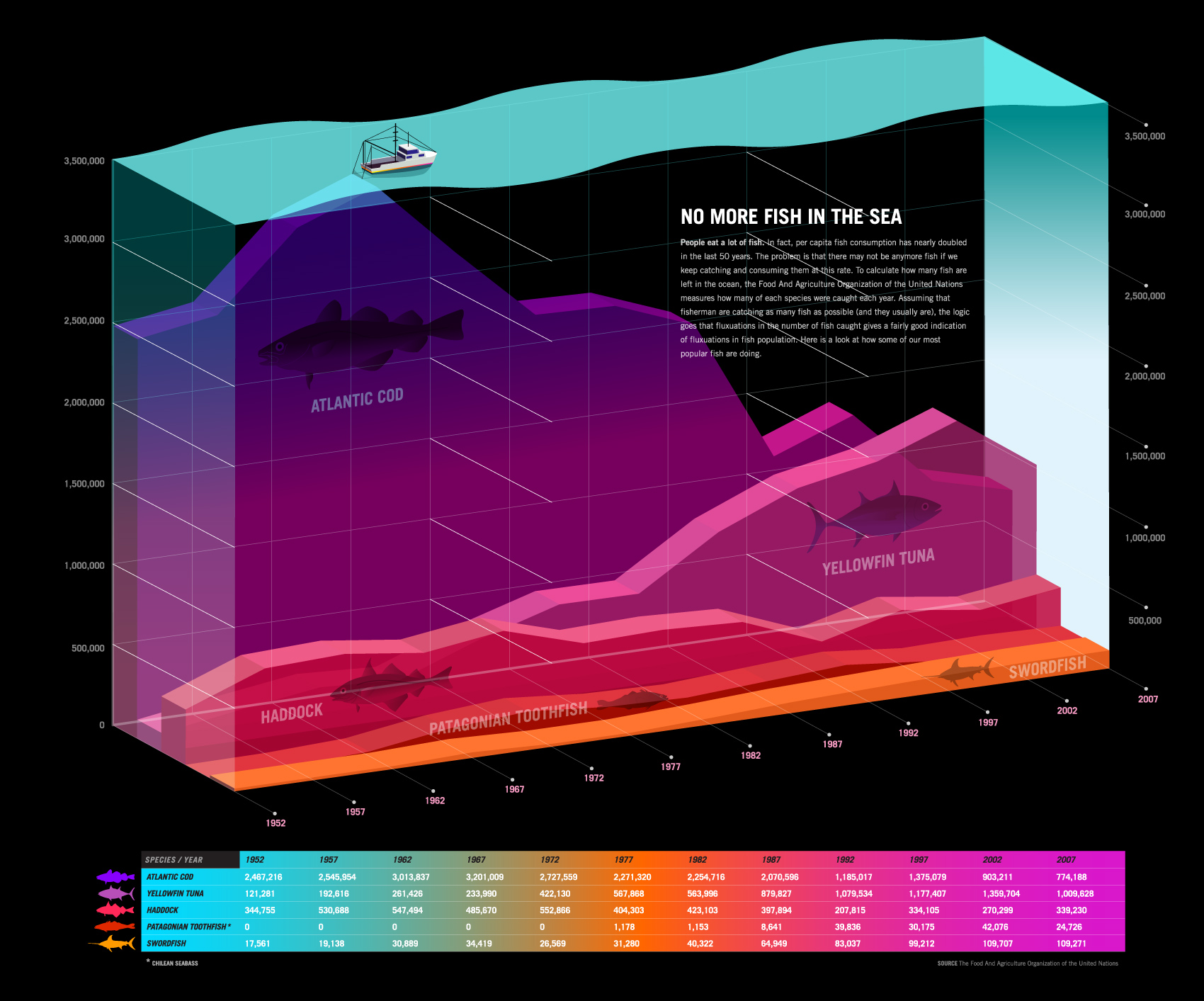It’s just about time to get back to reality from a weekend, so why not extend the good times and share your beachcomber adventures?Did you find anything interesting? Did you watch any birds swoop down to the sea for food? What was the sunset like? Share your pictures or any fun stories! Here is a photograph I call ‘Littlest Limulus Love‘ from a visit the the Stone Harbor Point.
Looking forward to hearing all the amusing anecdotes from your times at the sea! To share you can reply to this post or find Beach Chair Scientist on Facebook or Twitter.
“The most effective kind of education is that a child should play amongst lovely things.” — Plato (Greek philosopher, 428 – 347 BC)
Find more great nature at play quotes compiled by the “Institute for Nature in Childhood” here.
Related articles
- National › Oceanographer says beachcombers on West Coast may find bones in tsunami debris (japantoday.com)
- Confessions of a beachcomber. (southcoastcustomsurfboards.wordpress.com)
- beachcombing and other meditation walks YOU SHOULD TAKE (studiowithoutwalls.org)
- A Beachcomber Going Home (forkinmyeye.com)
- Baby birds means beachcomber changes at Amelia Island State Park (jacksonville.com)













What people are saying …